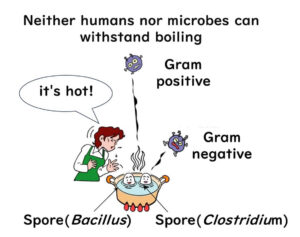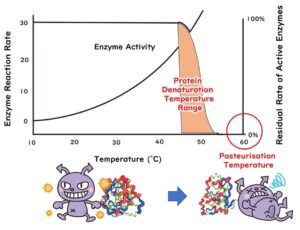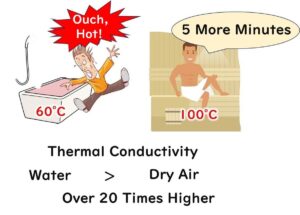Heat sterilisation of food
Defeating Botulinum Spores: The Science Behind Retort Sterilization at 121.1°C
Discover the rigorous science of retort sterilization, a pivotal technique in food safety that neutralizes the formidable spores of Clostridium botulinum at 121.1°C . This article explores the 'Botulinum cook' method, a specialized heat treatment that ensures the reduction of these dangerous spores in packaged foods, allowing for safe room temperature distribution. Join us as we unravel the balance between achieving maximum sterilization efficacy and preserving the quality and flavor of food, crucial for preventing foodborne illnesses.
Food heat sterilisation: practical application of Pasteur sterilisation and D and Z values
Ensuring food safety through heat sterilization is indispensable, primarily divided into two categories: pasteurization and retort sterilization. This article focuses particularly on pasteurization, breaking down complex concepts such as D values and Z values into bite-sized, easy-to-understand nuggets of wisdom. We'll not just stop at explaining these terms; we'll dive into their practical applications in the food sterilization process, giving you a front-row seat to the action.
Sterilisation of Food - Grasping the Basics of Heat Sterilisation
Ensuring the safety of food through heat sterilisation is crucial. To understand the basics, this article focuses on two main methods: moist heat sterilisation and dry heat sterilisation. We delve into why these methods show different efficiencies against microbes, exploring how humidity affects sterilisation efficiency and how the moisture content in the environment affects microbial survival. Additionally, we examine examples of heat-resistant spore-forming microbes, investigating why they resist common sterilisation methods from a scientific standpoint. From fundamental principles of microbiology, we deepen our understanding of the food sterilisation process.


